
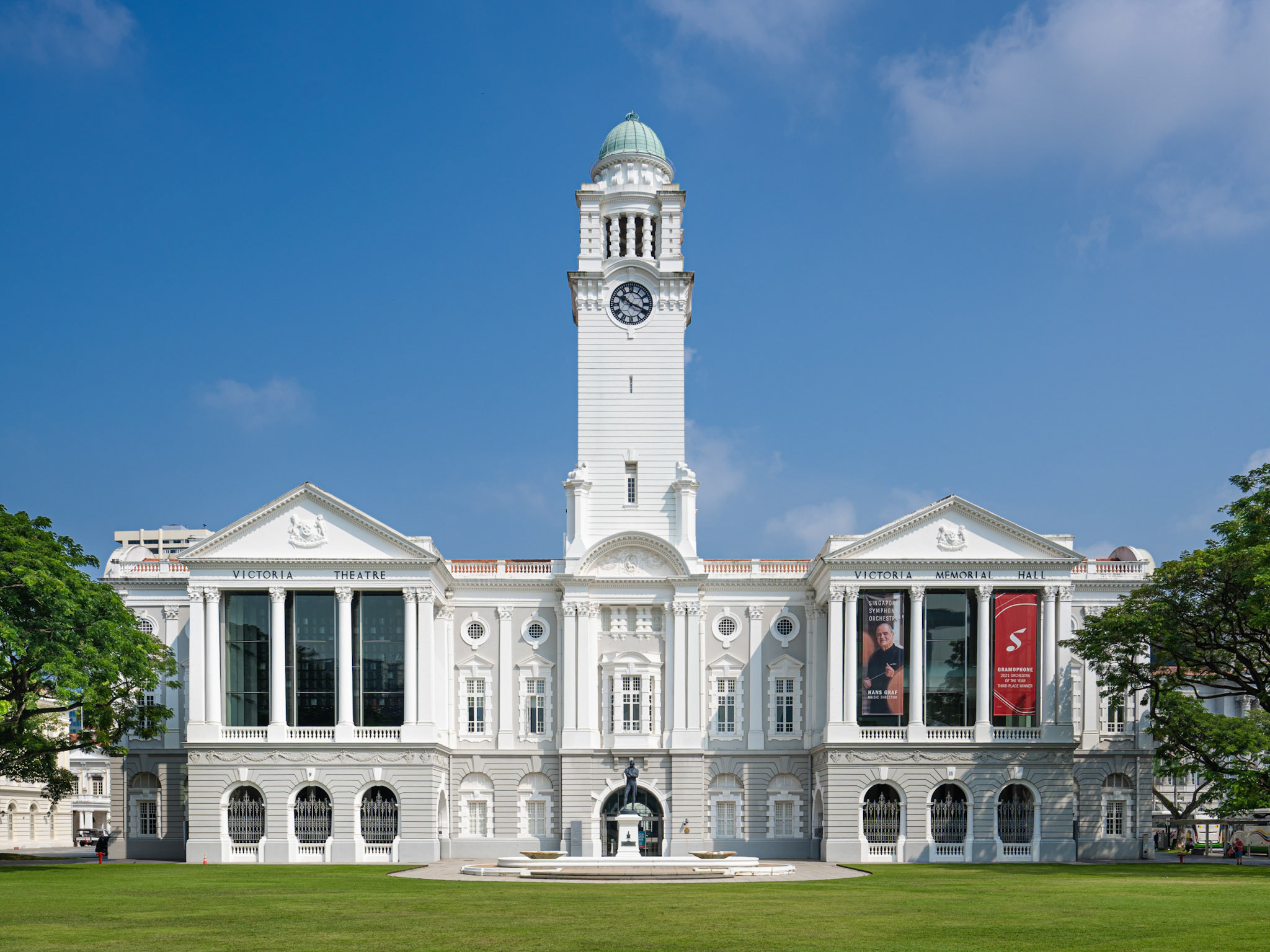

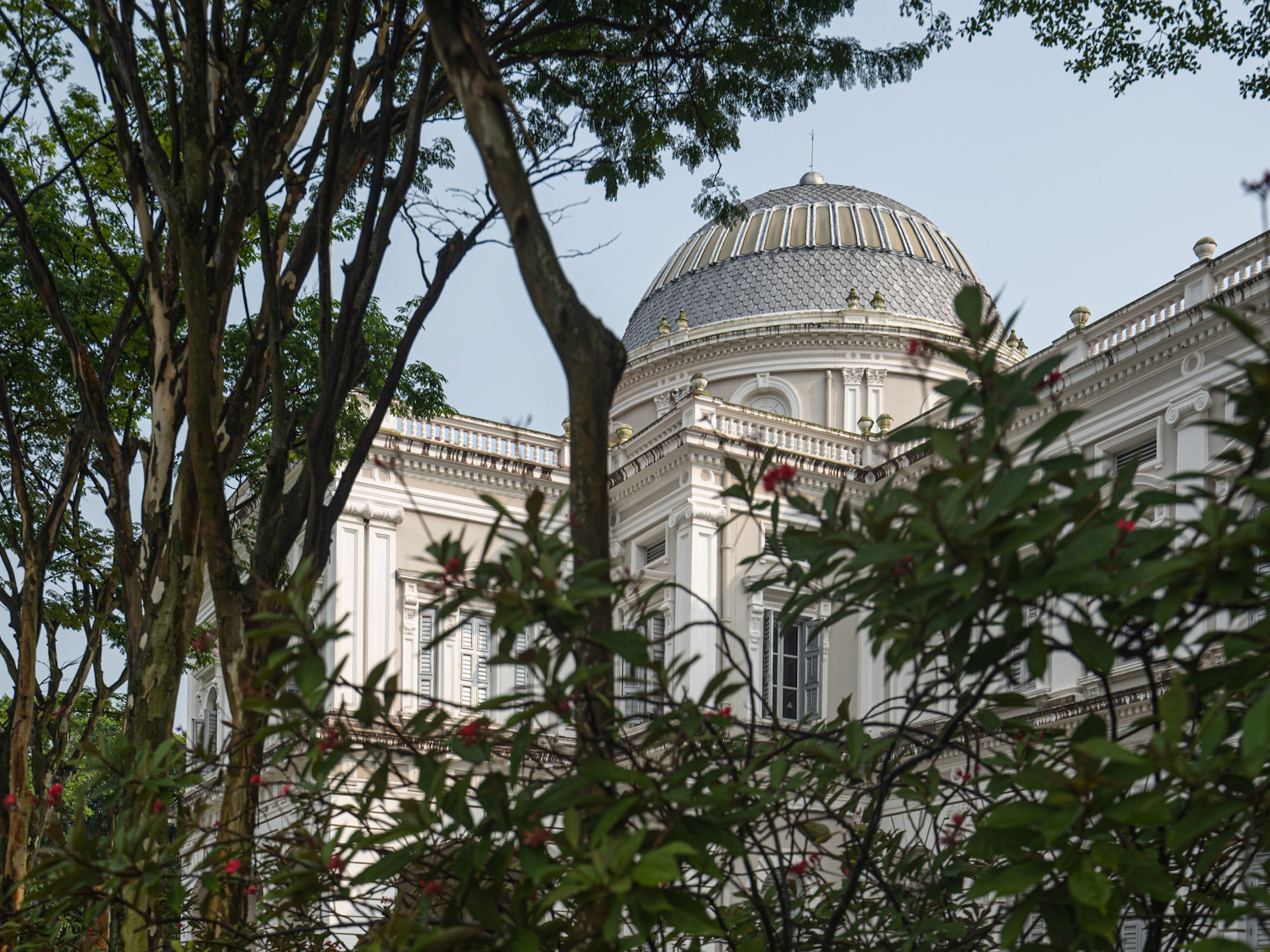
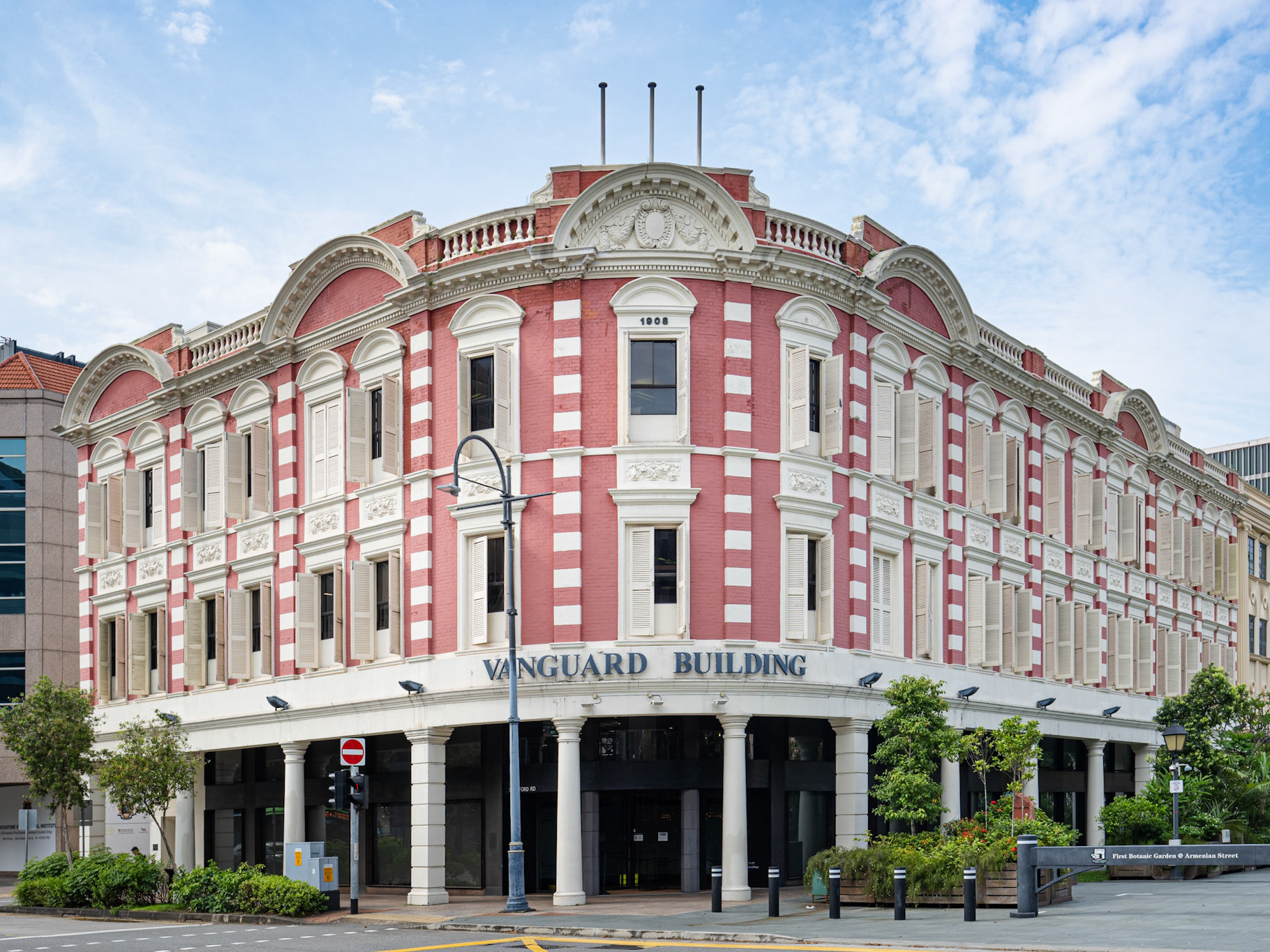
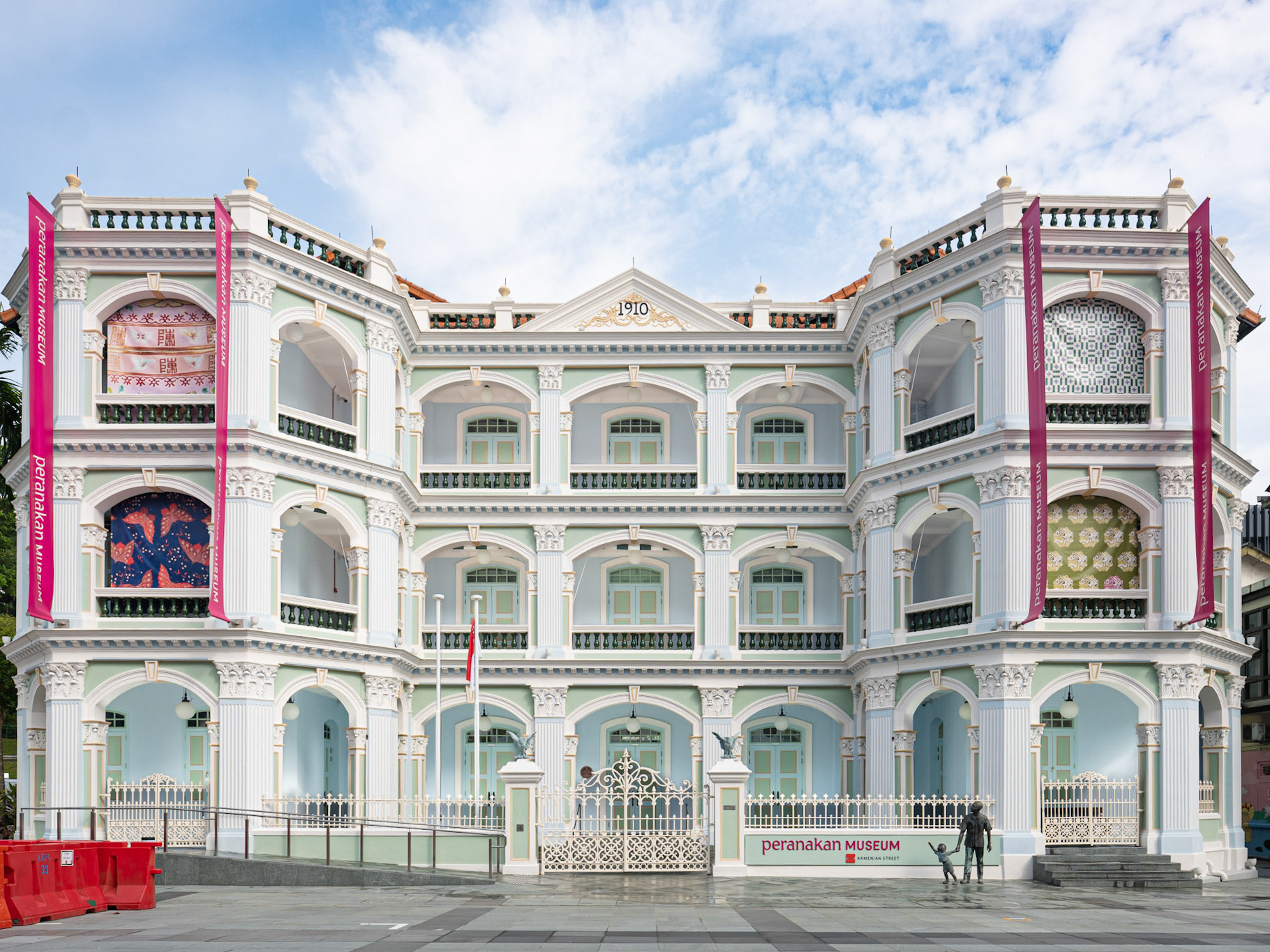
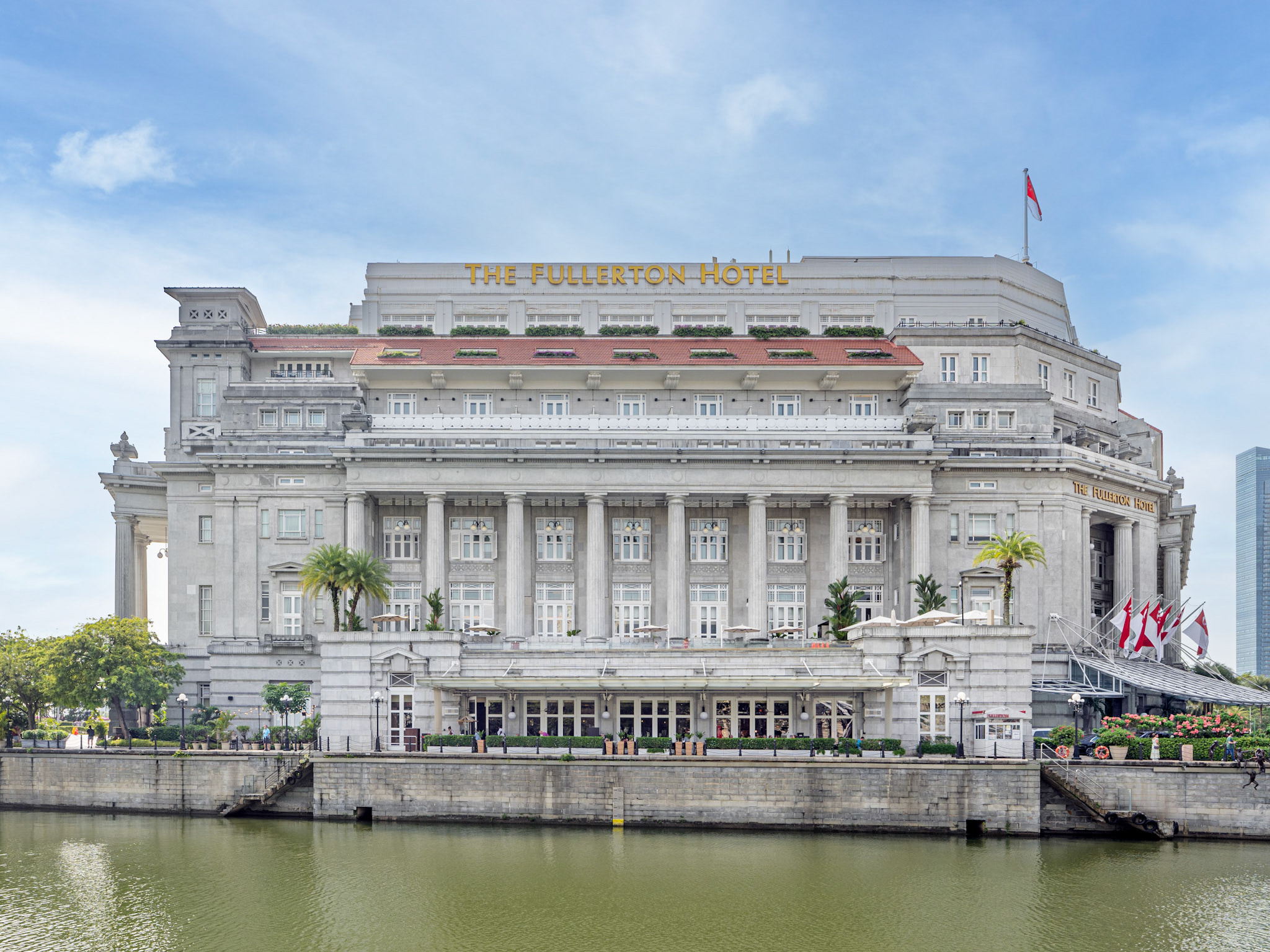
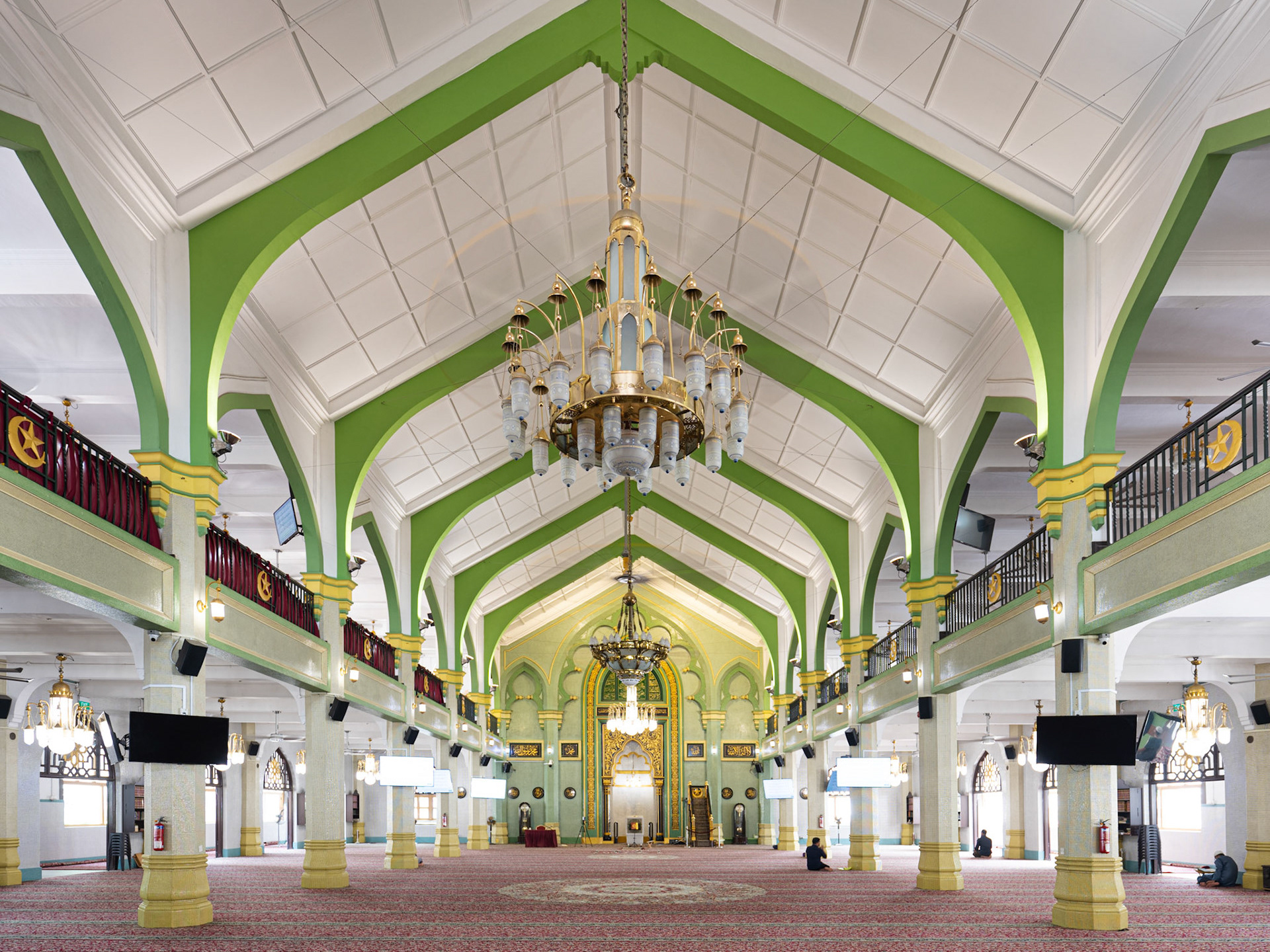
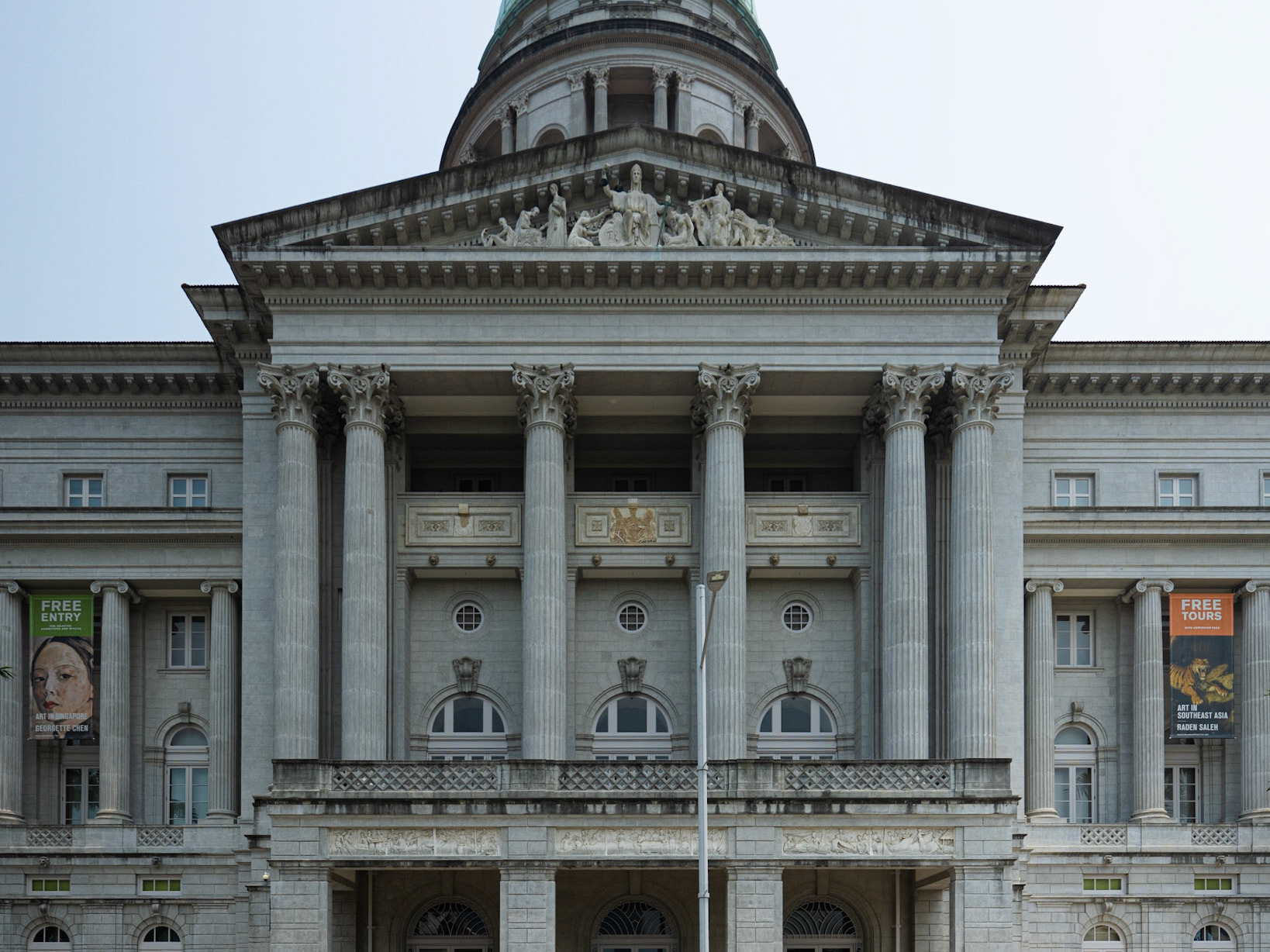
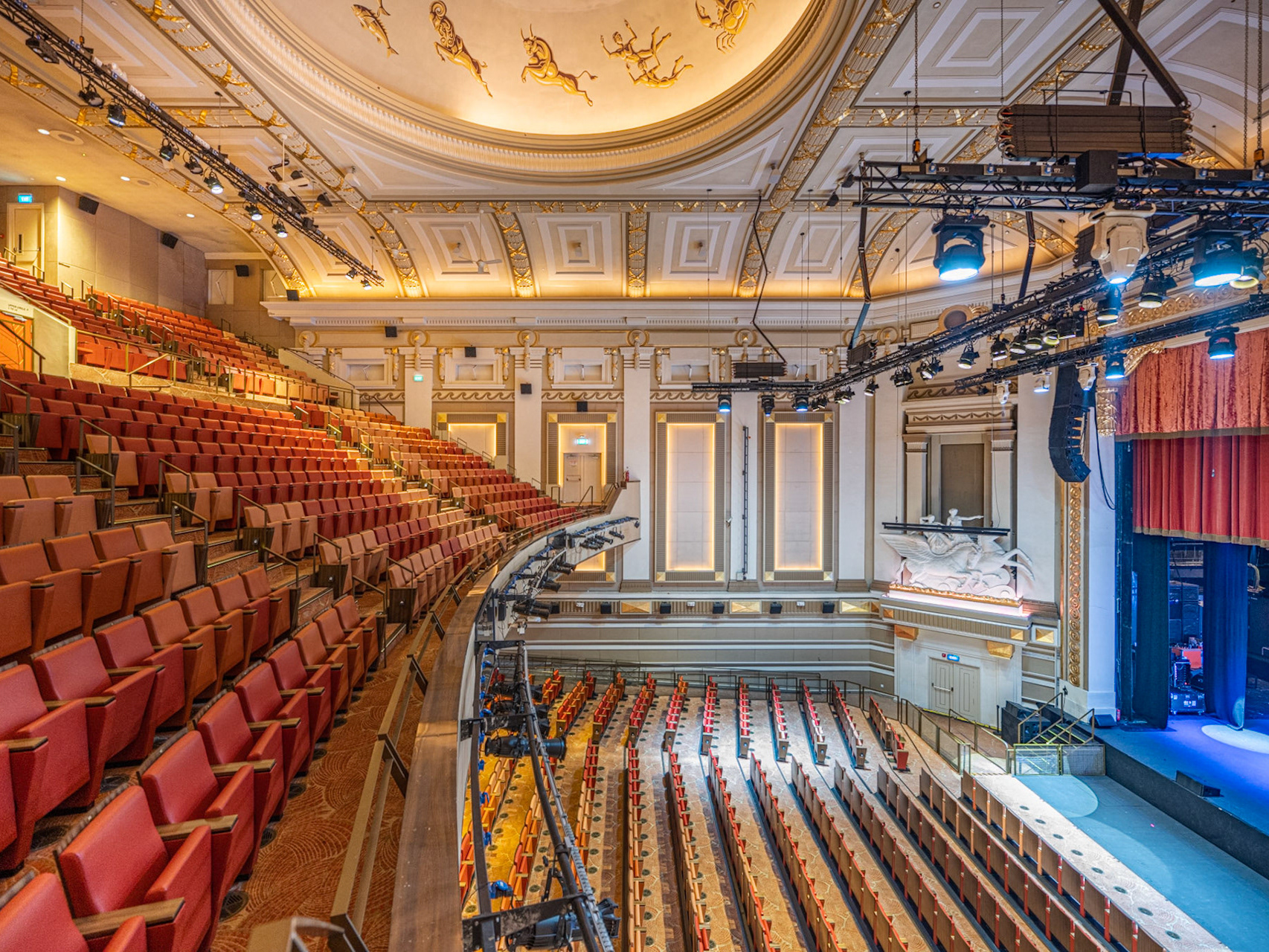
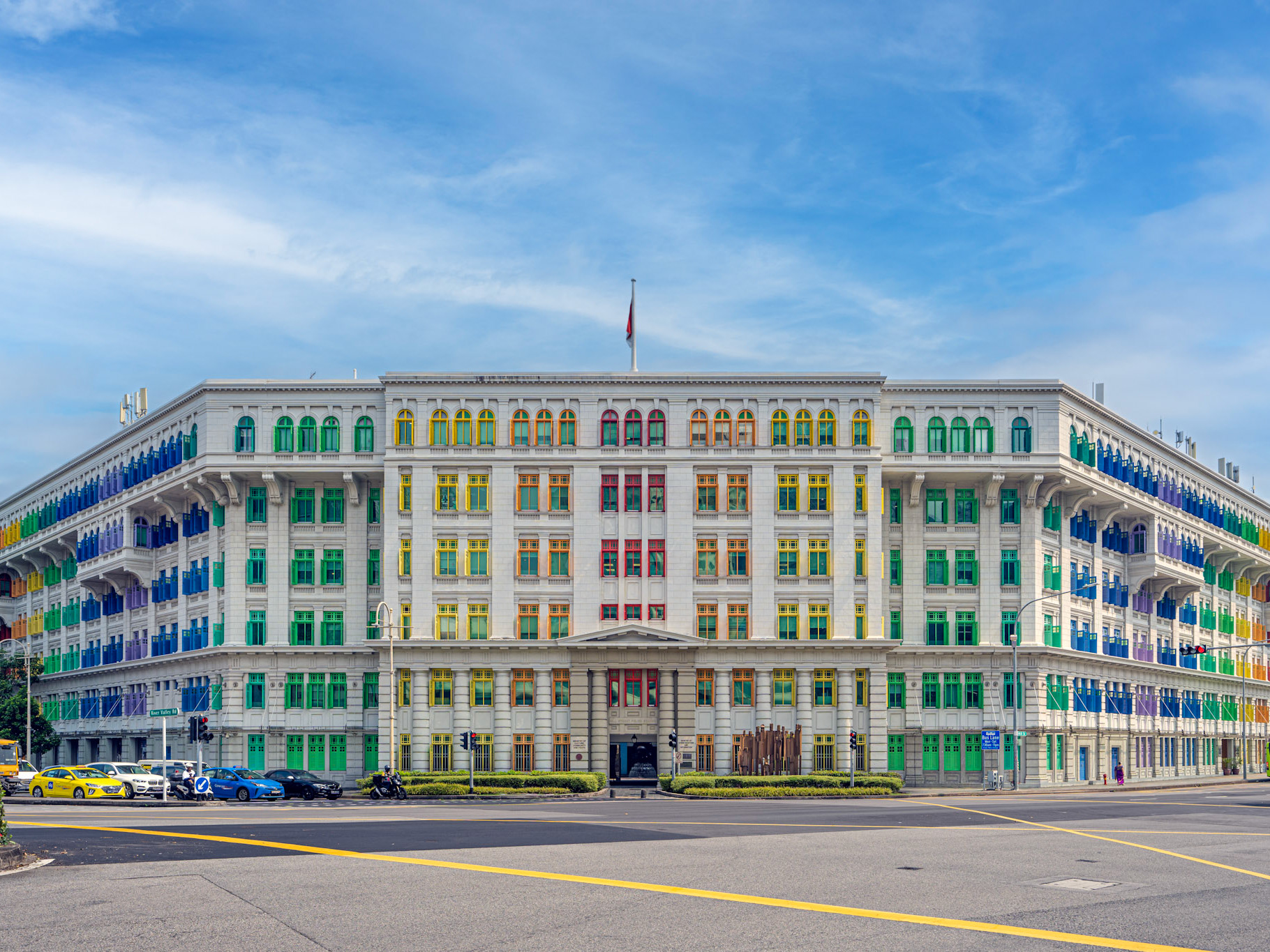
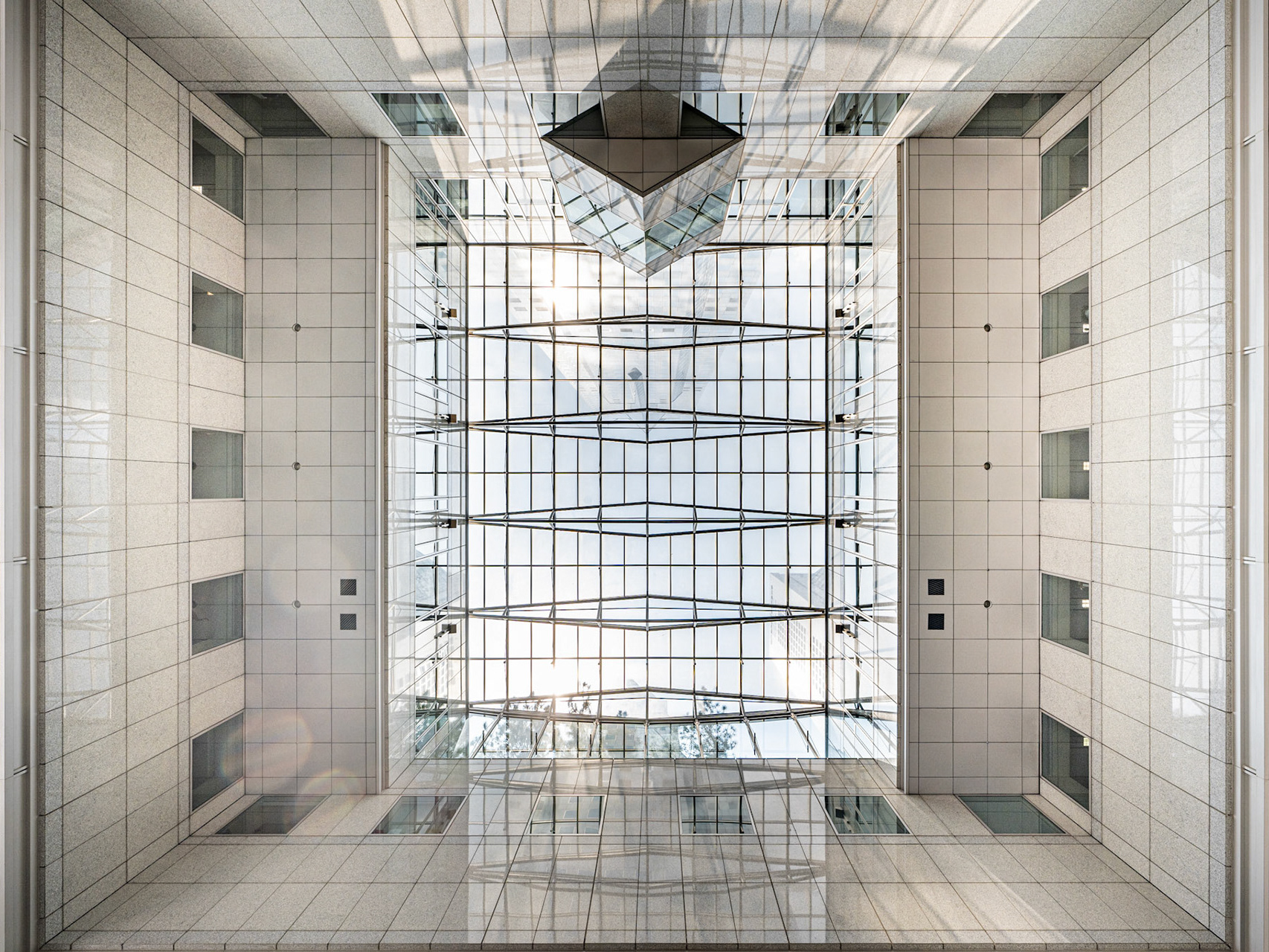
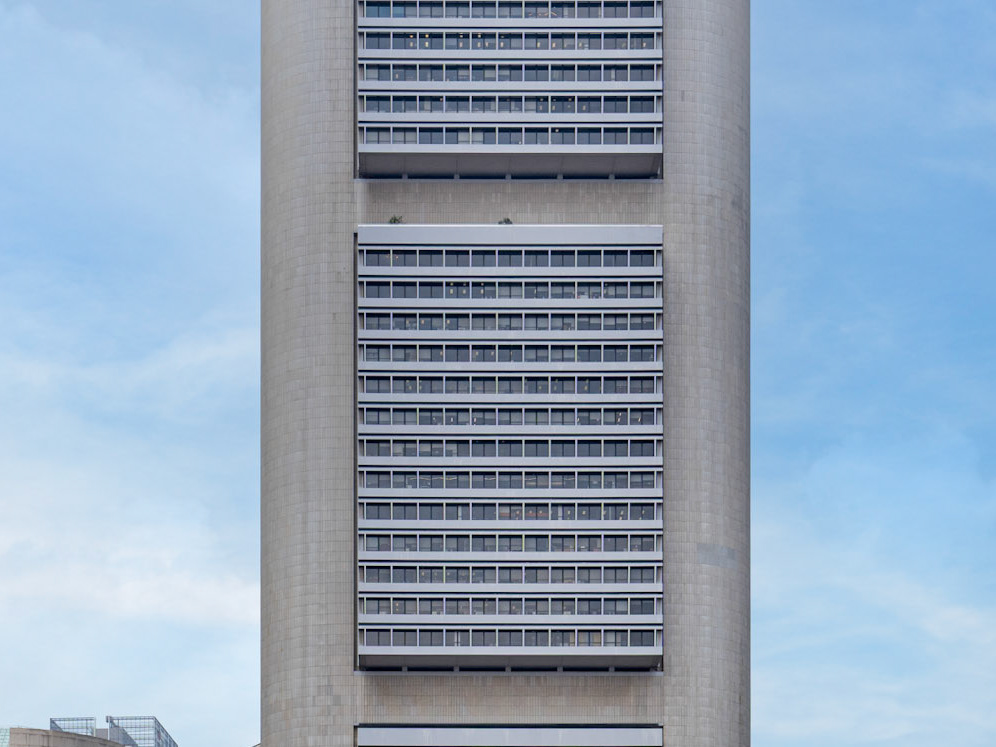
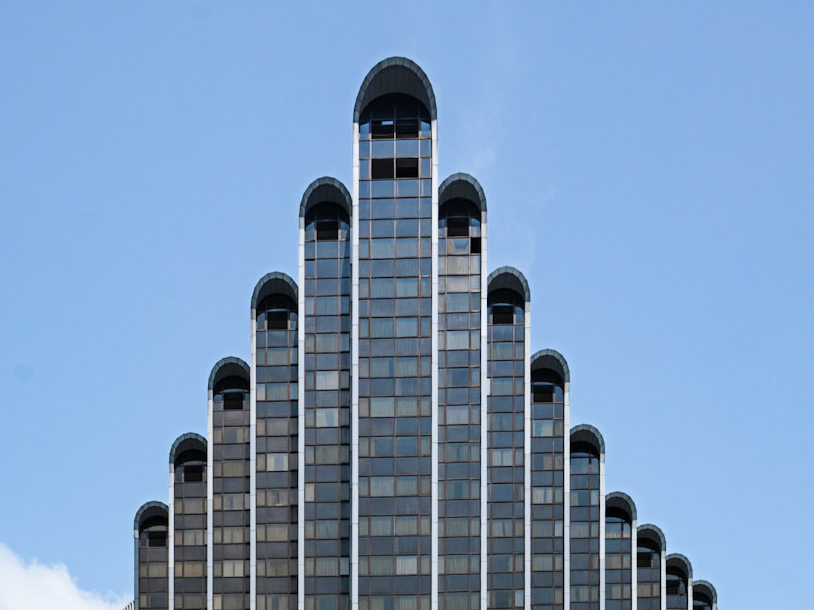
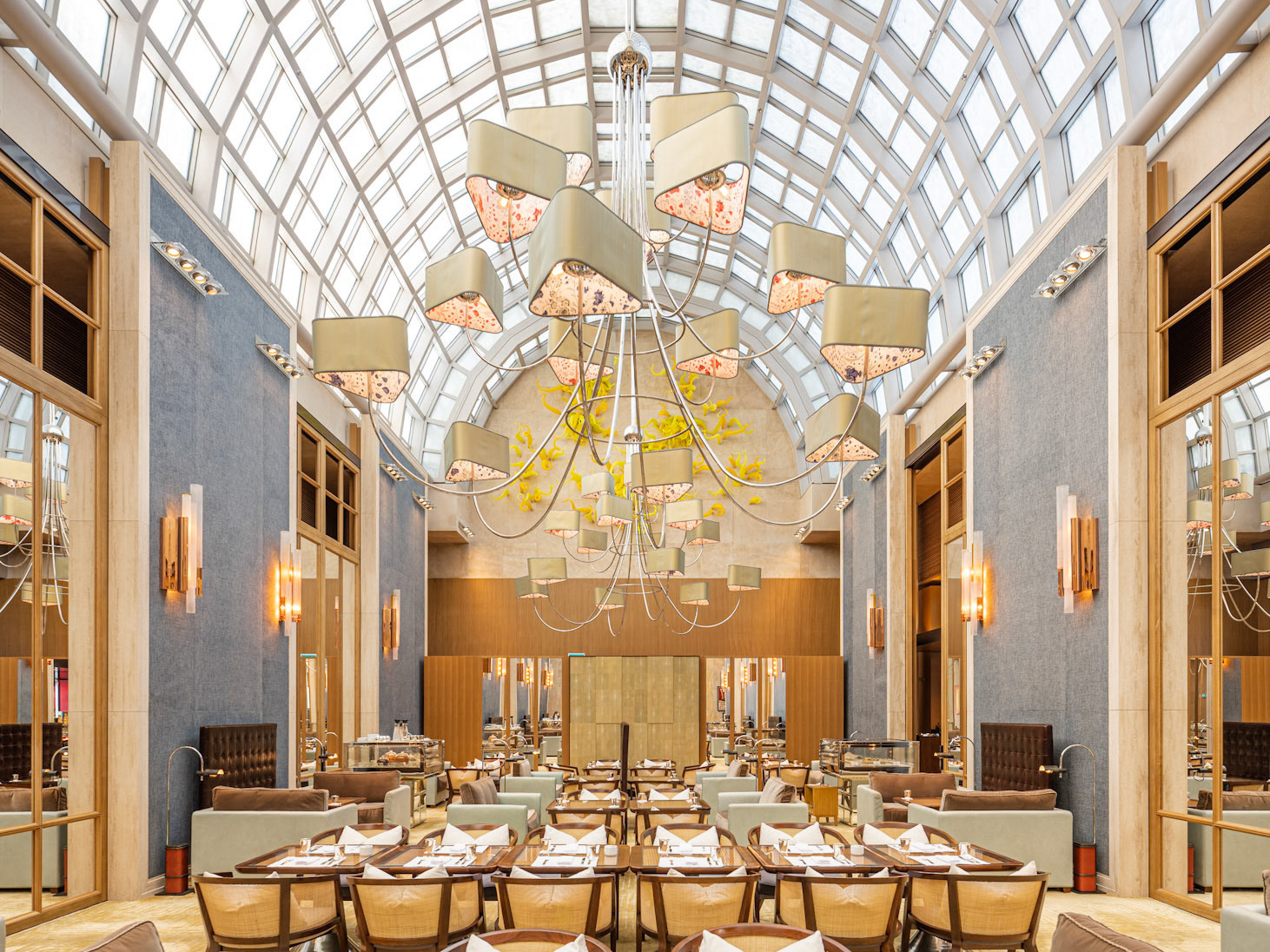
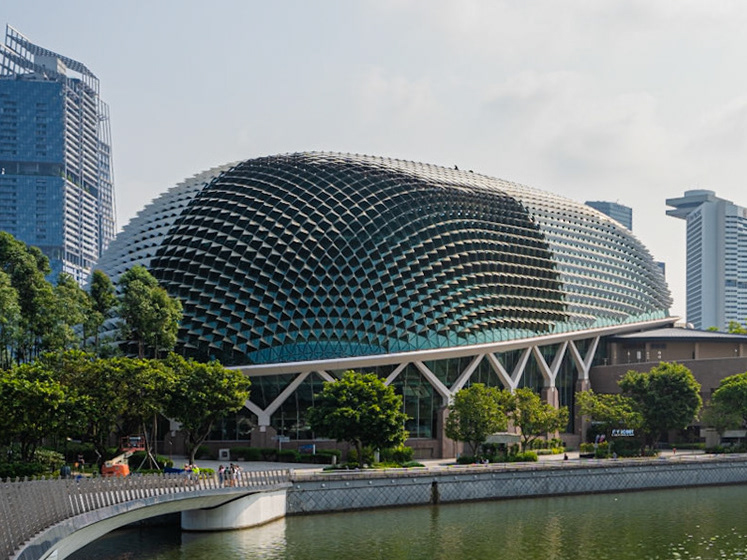
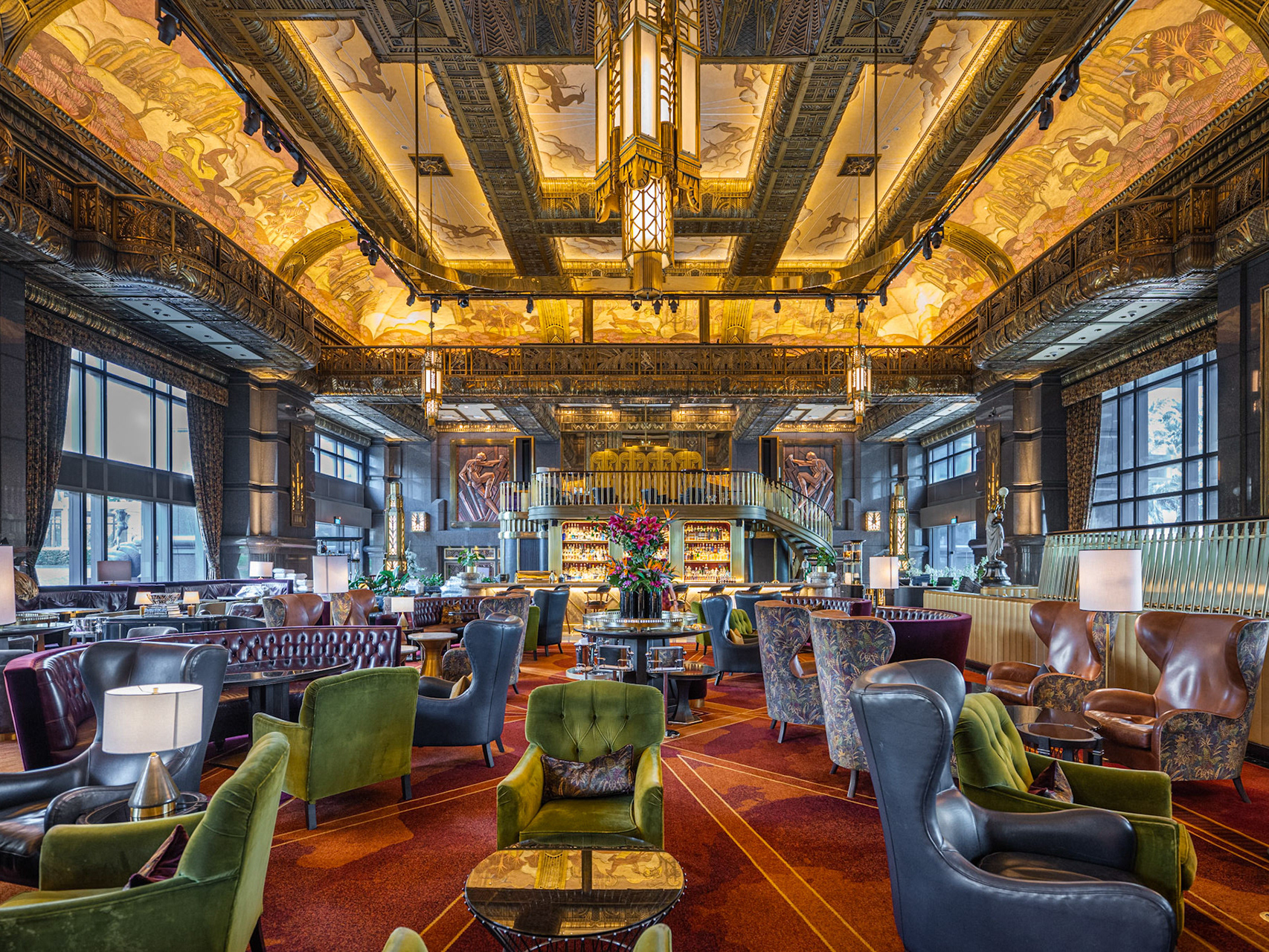
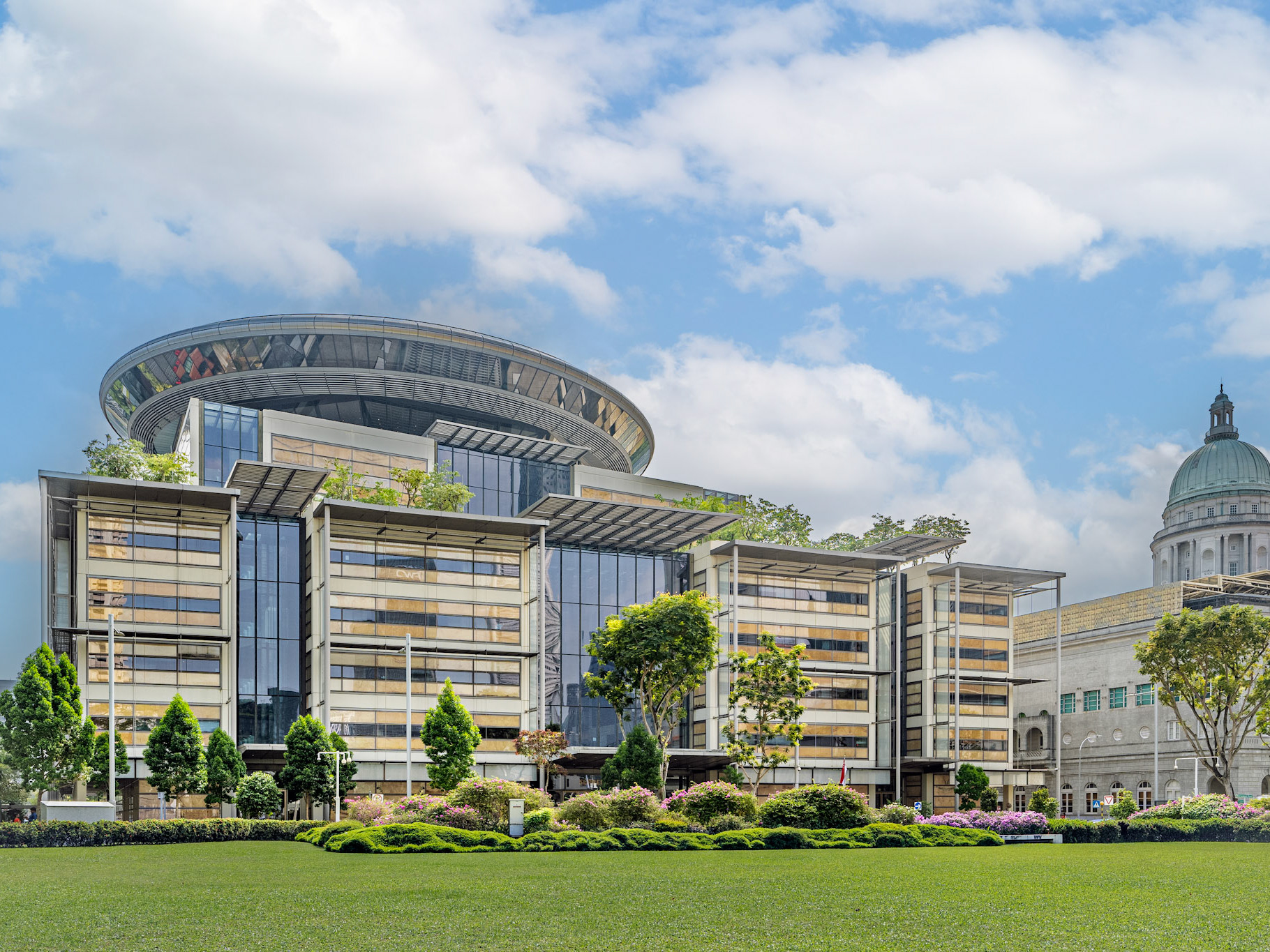
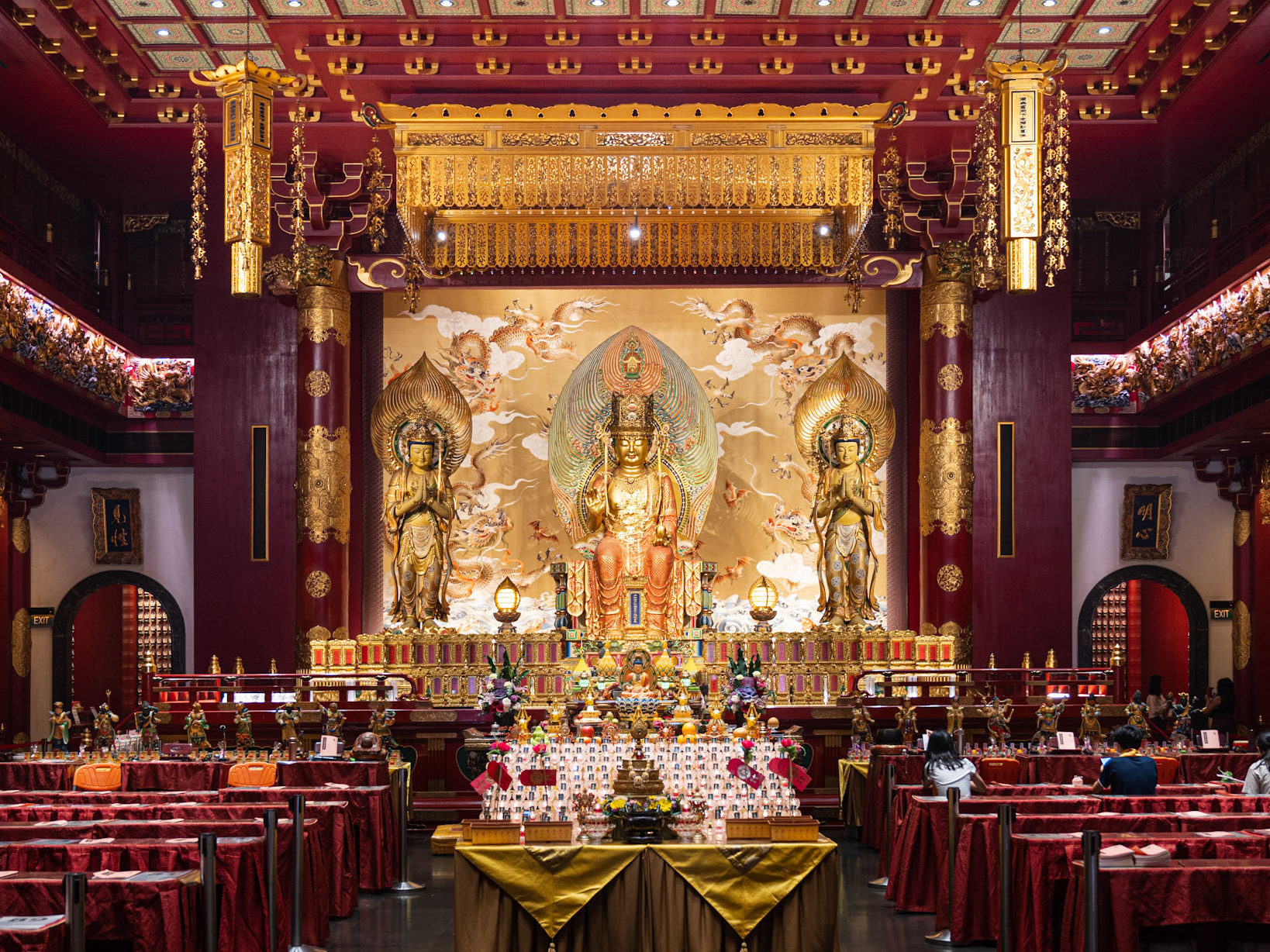
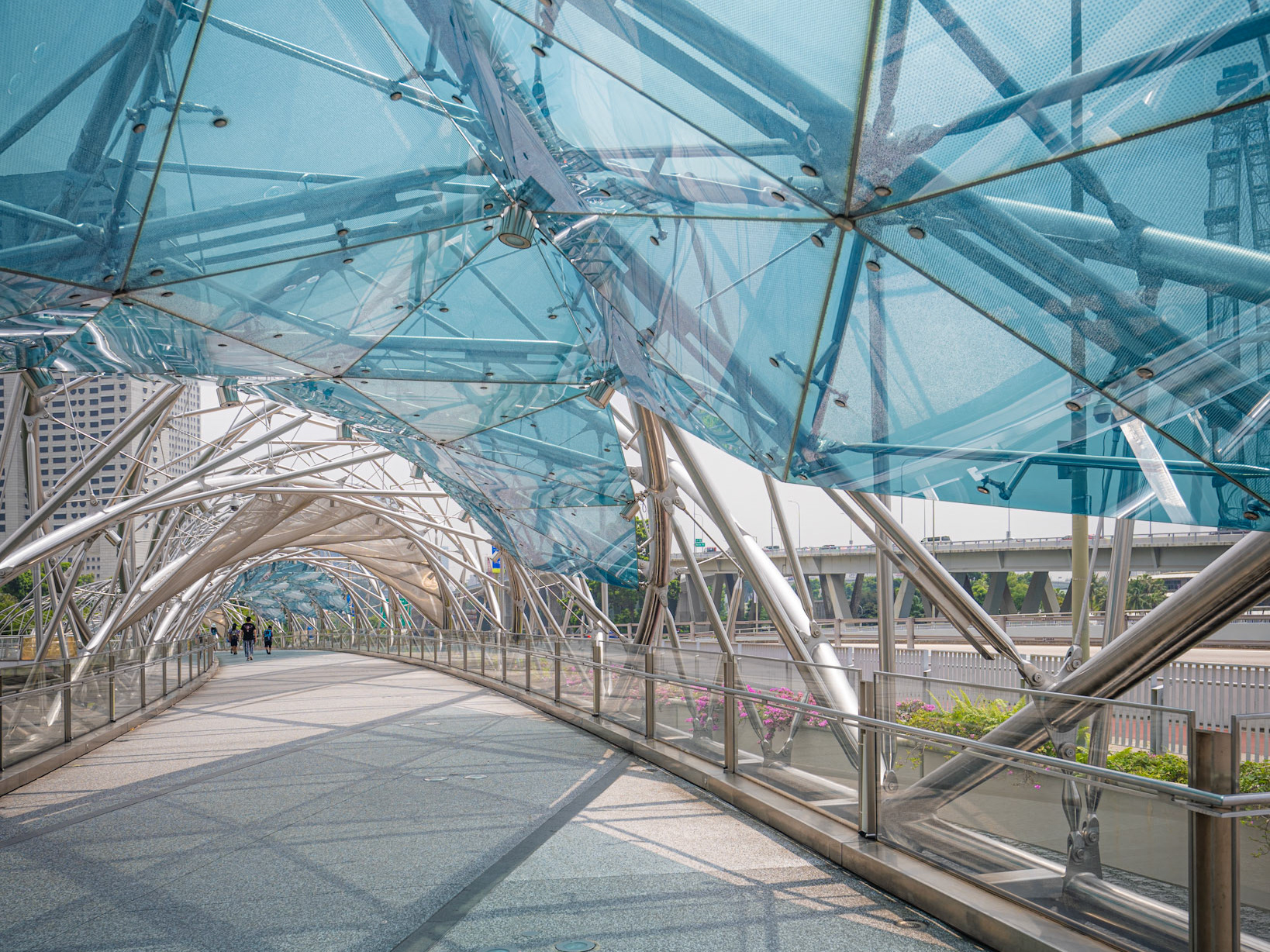
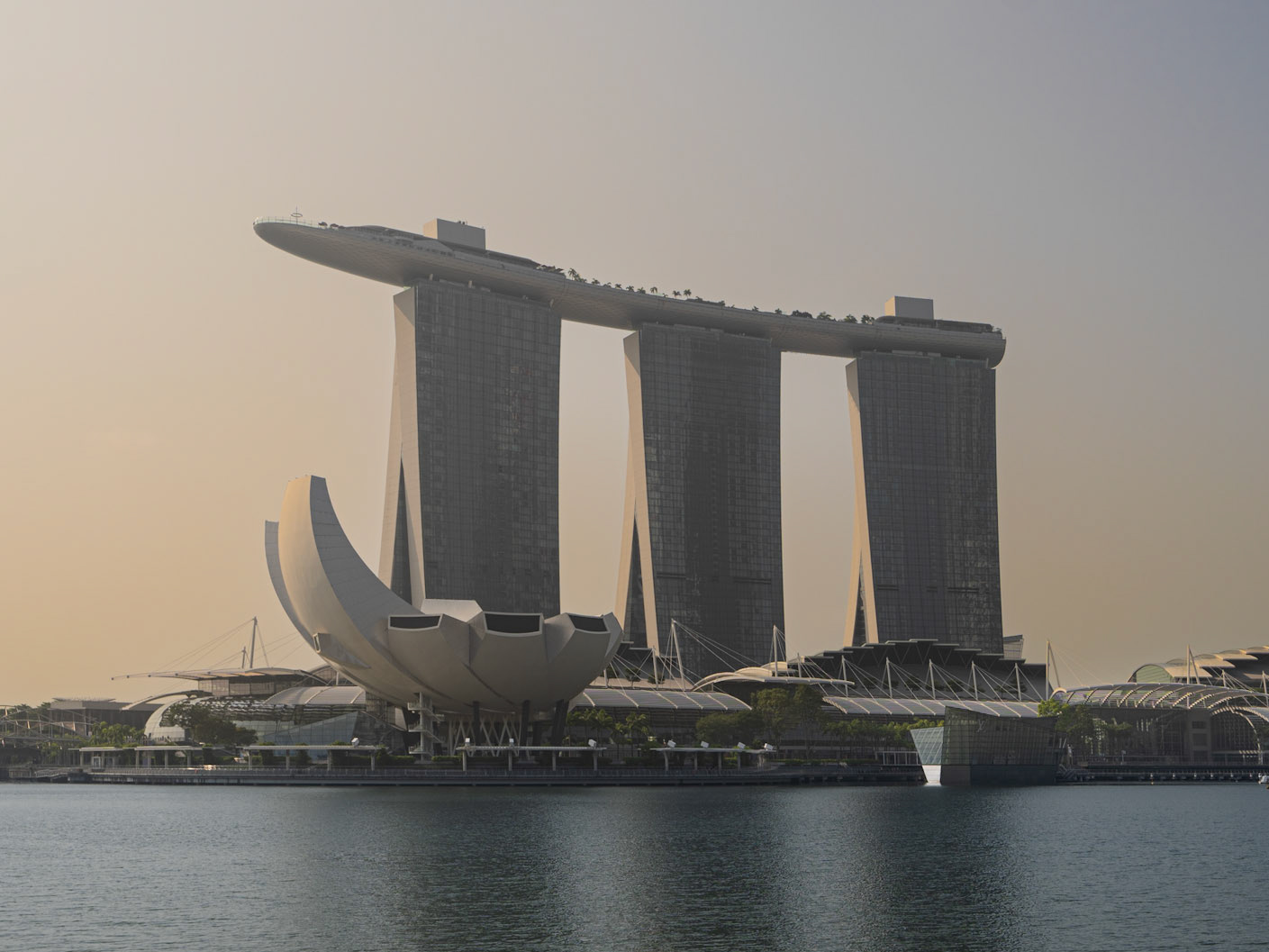
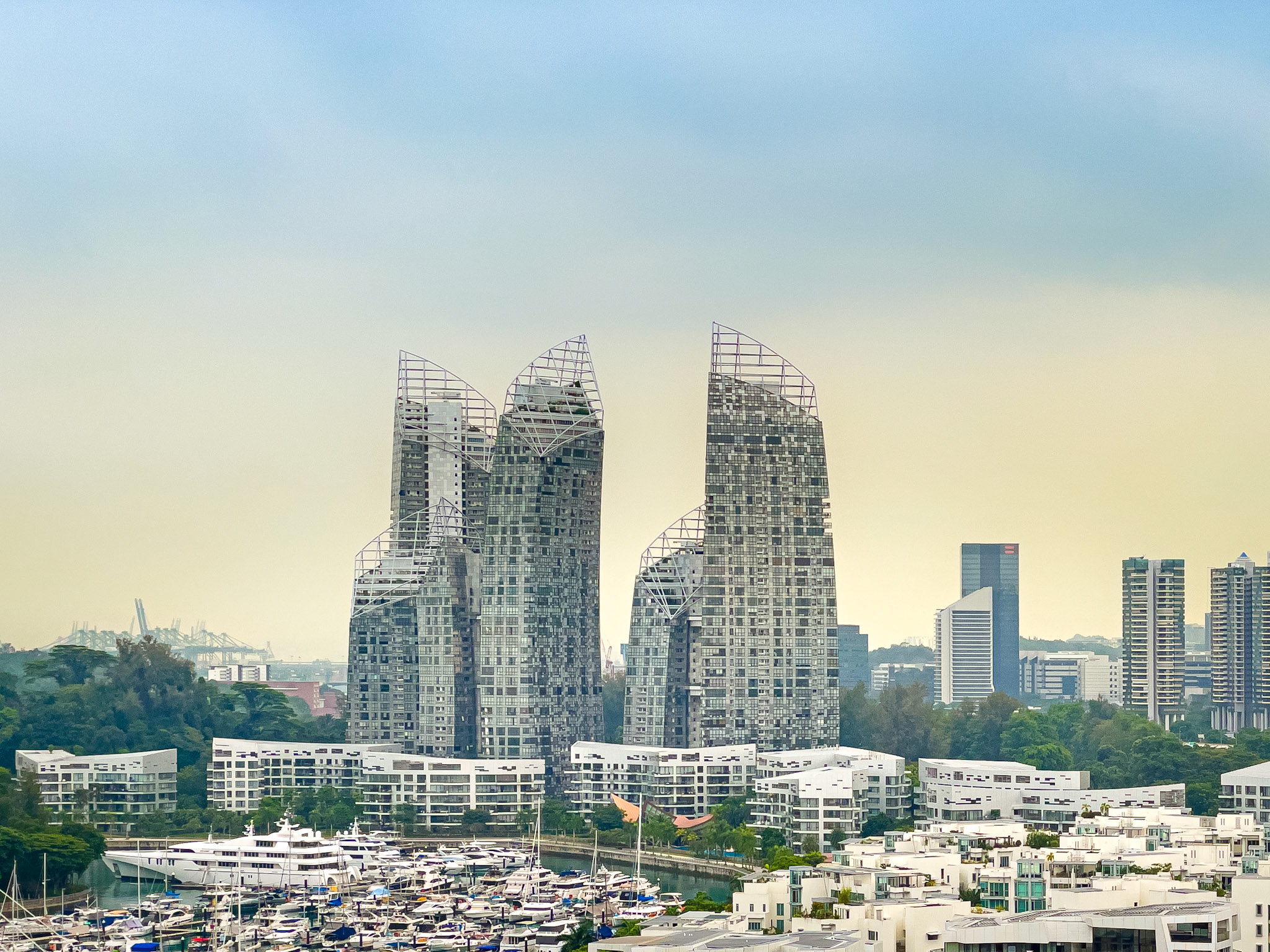
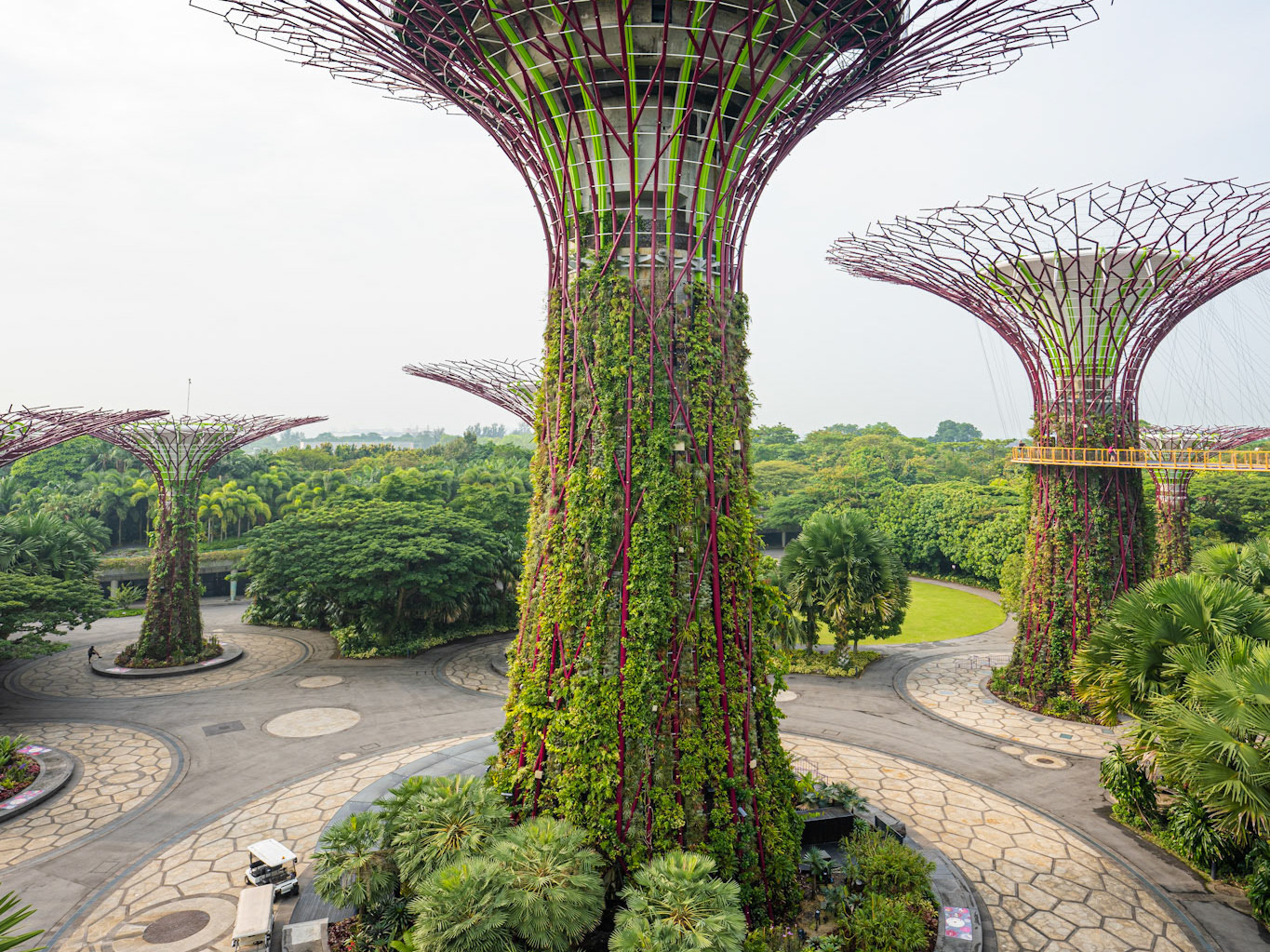
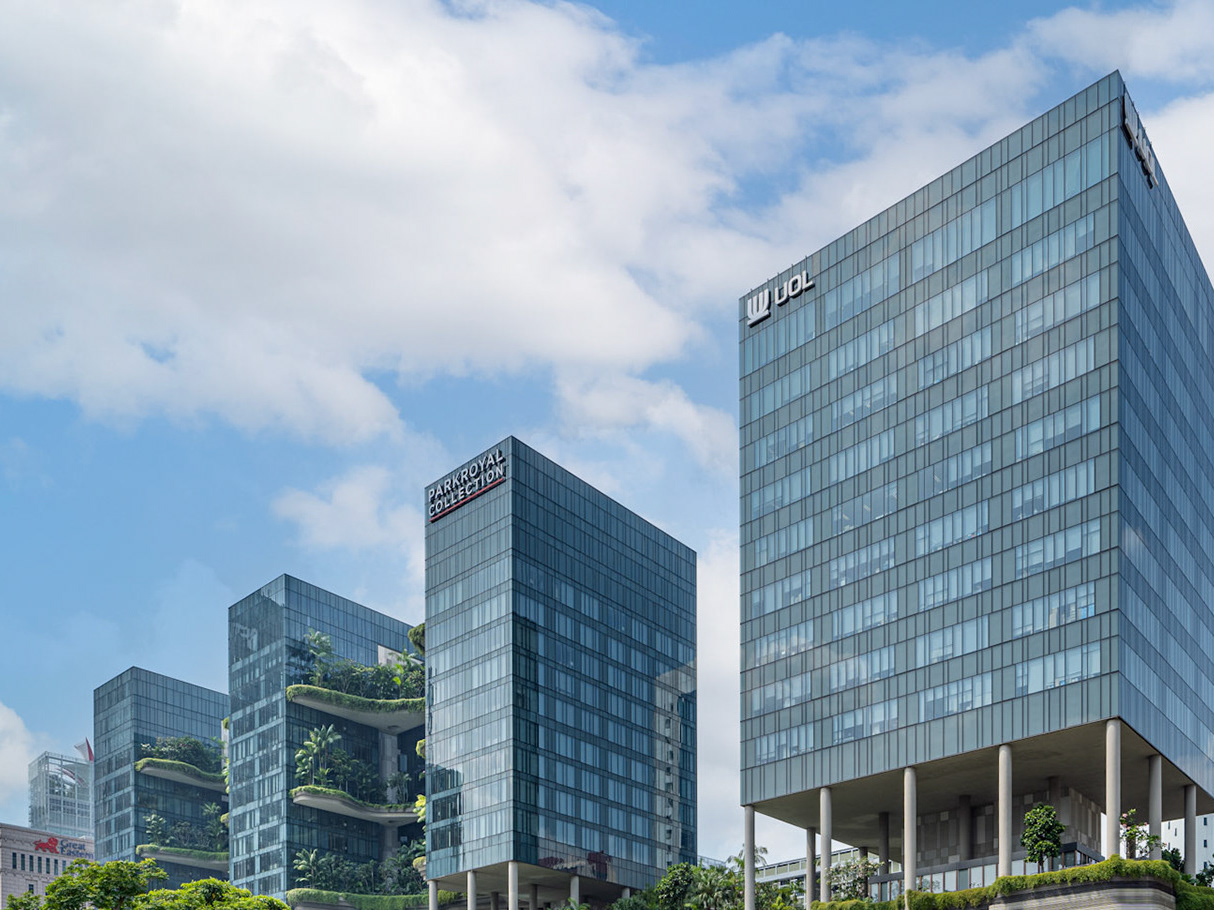

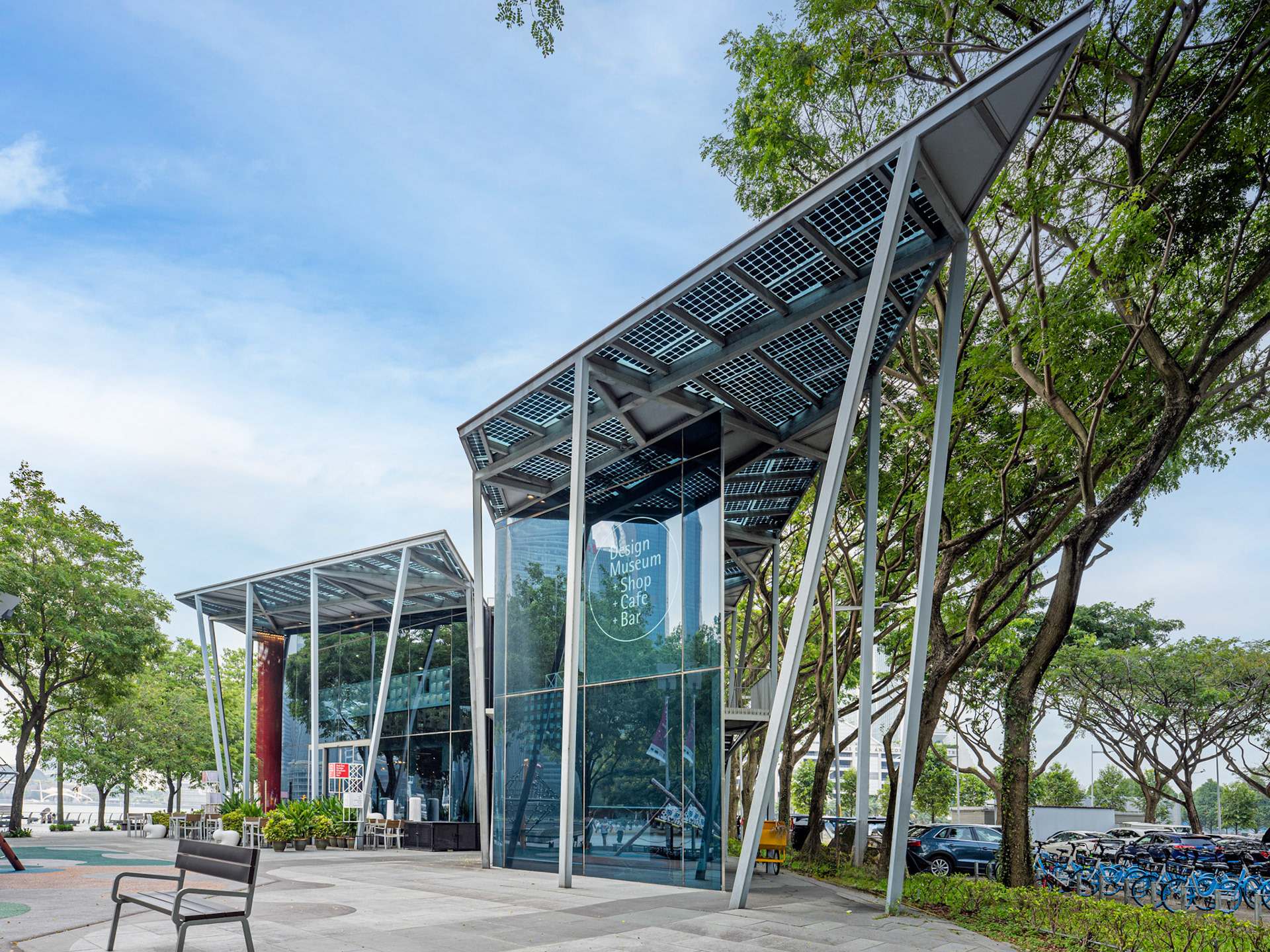
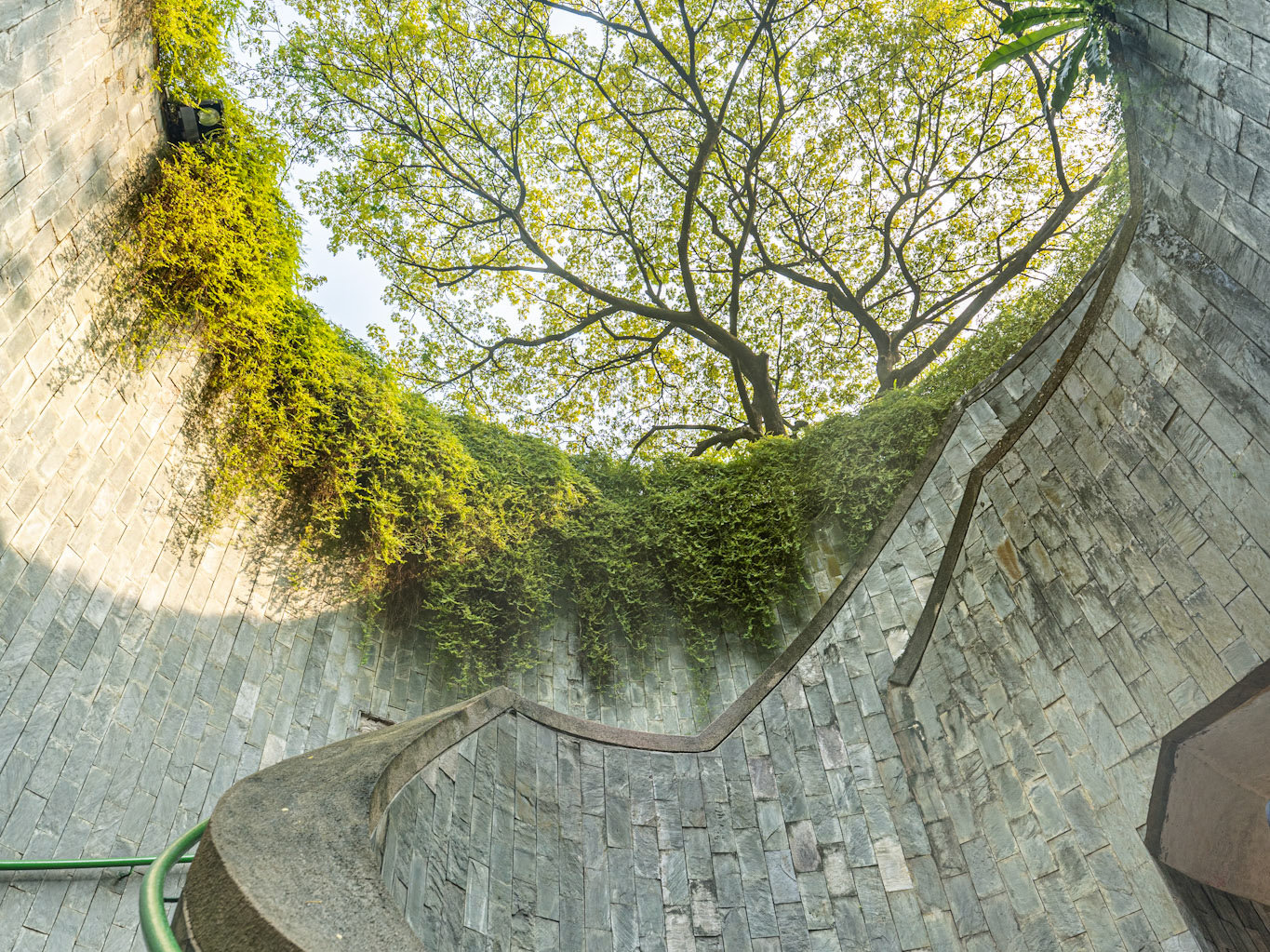

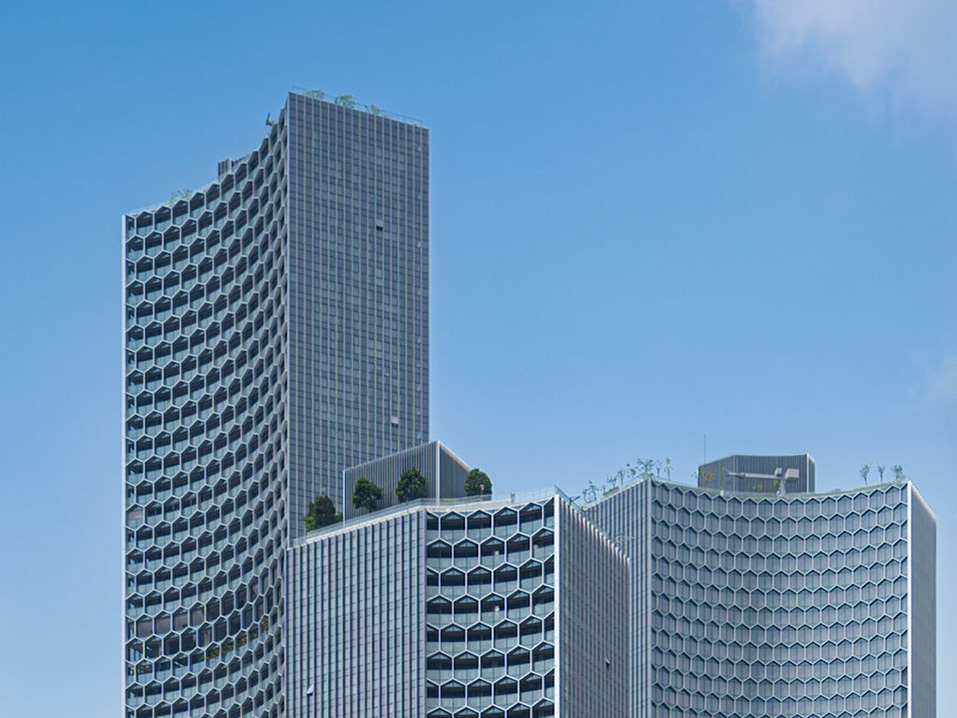
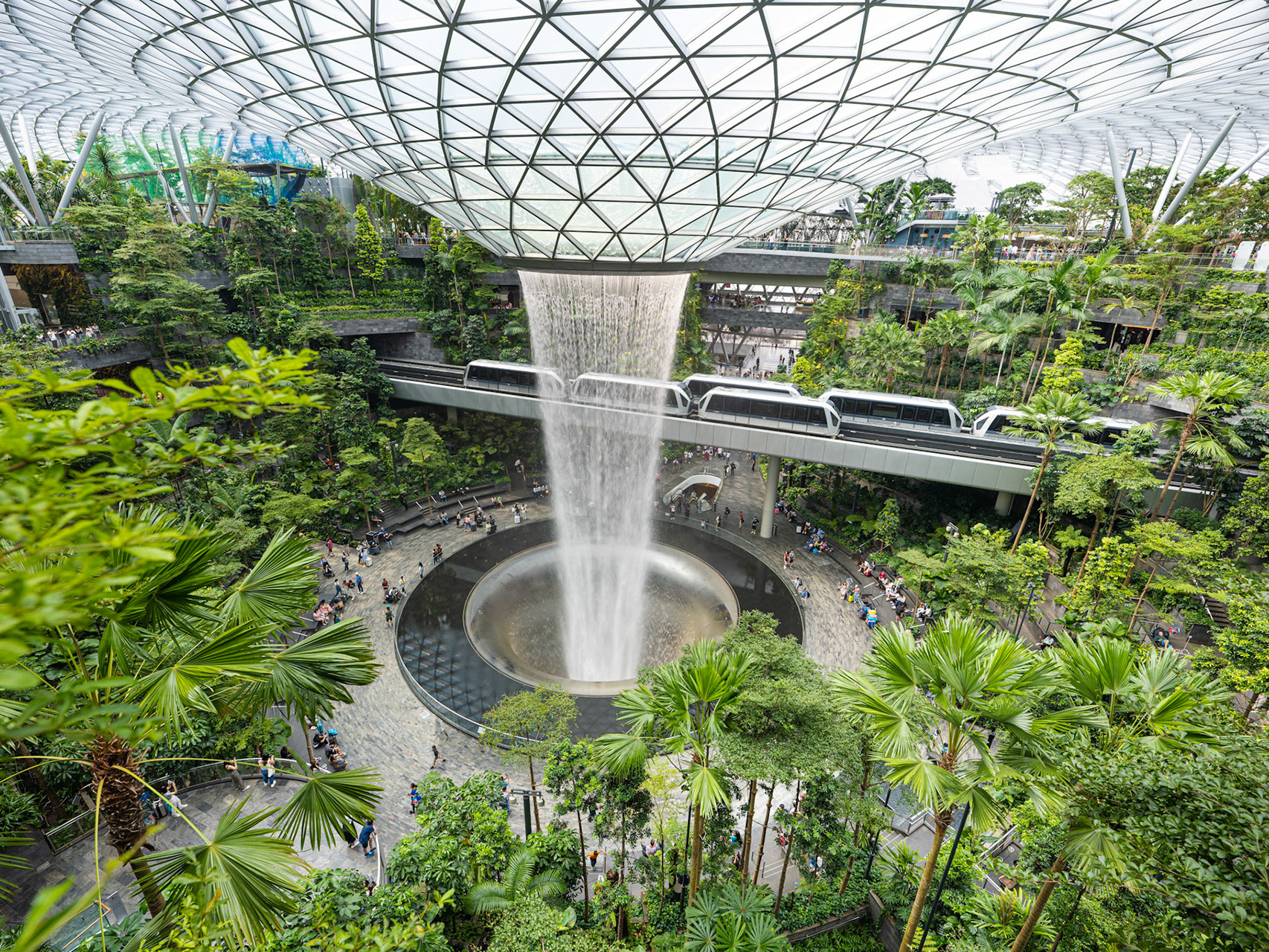
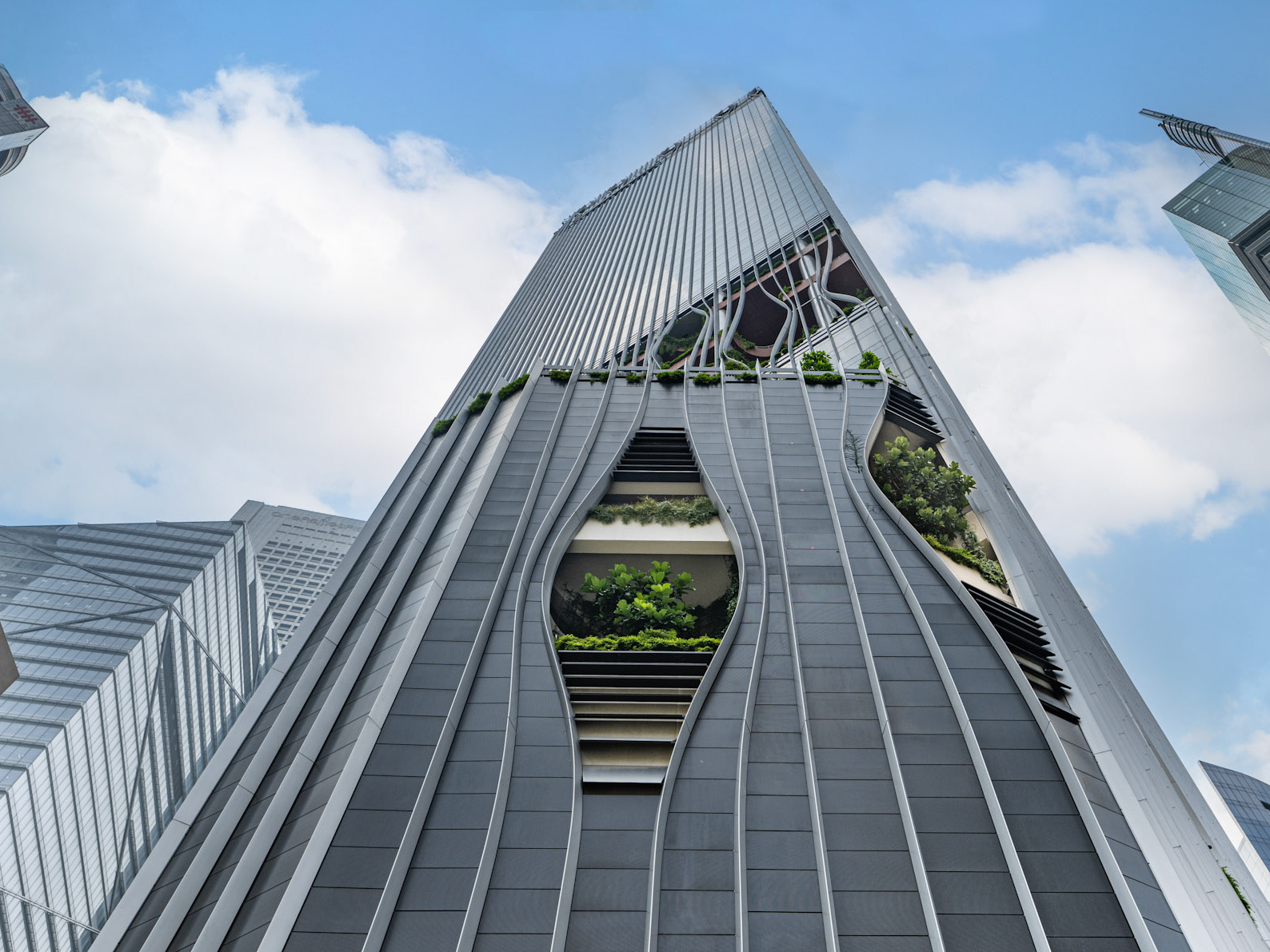
The history of architecture in Singapore can be traced back to 1819 and the foundation of a trading port by the British East India Company. As a result of its strategic location, Singapore became a melting pot of cultures, which is reflected in its architectural heritage. The earliest architectural styles in Singapore were influenced by the colonial powers that ruled the island. The British brought with them neoclassical, Georgian and Victorian styles which can be seen in buildings such as the Old Parliament House, St. Andrew's Cathedral and the Raffles Hotel. In the early 20th century, the Art Deco movement swept through Singapore, with the Capitol Theatre being a prime example. After World War II, Singapore underwent a period of rapid modernization and urbanization, leading to the rise of buildings in the Brutalist style. Notable examples of Brutalist architecture in Singapore include the People's Park Complex and Golden Mile Tower. Today, Singapore is known for its avant-garde and sustainable architecture, with iconic structures such as the Marina Bay Sands, Gardens by the Bay and the Jewel Changi Airport.






























